Specifications
The variable areas flow meter is available in various materials and in many different versions. Moreover, the sturdy all-metal flowmeter can be also used in applications with high pressures (up to 1500 psig), temperatures (-196…+400°C / -320…+752°F), or aggressive media. Also, it even allows installation in horizontal or fall pipes up to DN150 / 6″. After that, a special version for use in hygienic applications is also available. Finally, the Variable Area Flow Meter is intrinsically safe and explosion-proof.
Variable Area Flow Meter for liquids and gases
- Modular design: from mechanical indicator to 4…20 mA / HART®, and Totalizer
- Any installation position: Vertical, horizontal, or in fall pipes
- Flange: DN15…150 / 1⁄2…6″; also NPT, G, hygienic connections, etc.
- -196…+400°C / -320…+752°F; max. 1500 psig
- Simple, low-cost installation: Able to measure and display without an auxiliary power supply
- Unique modularity and serviceability: Limit switches, 2-wire 4…20mA, totalizer with LCD and pulse output,
- Universal ex-concept: Explosion-proof and intrinsically safe
- Various stainless steel and alloy sensor materials
- Optional stainless steel housing for corrosive atmospheres
- Ingress protection IP66 and IP68 / NEMA4X and NEMA6
- Full scale value for liquids: 10…120,000 l/h / 5…32,000 GPH
- Full scale value for gases: 0.7…2800 m3/h / 25…100,000 SCFH
- Turndown ratio 10:1 (optional 100:1)
- Accuracy: ±1.5%
- Optional hygienic design for use in the food and pharmaceutical industry
Q&A
A Q&A, or Question and Answer session, is a common format used to exchange information and address specific queries related to a particular topic. In the context of Variable Area Flow Meters, a Q&A session could involve individuals asking questions about the functioning, installation, calibration, troubleshooting, and other aspects of Variable Area Flow Meters.
In a Q&A, experts or knowledgeable individuals provide answers to these questions and share insights, best practices, and technical knowledge related to Variable Area Flow Meters. This can help attendees gain a better understanding of variable area flow meters and address any concerns or uncertainties they may have.
Q: What are Q&A Variable Area Flow Meters?
A: Variable area flow meters are a type of flow meter that uses a tapered tube and a float to measure the flow rate of a fluid. The flow rate is indicated by the position of the float within the tube, which varies with changes in the fluid flow rate.
Q: How does a work?
A: Variable area flow meters work by using a tapered tube with a larger opening at the bottom and a smaller opening at the top. As the fluid flows through the tube, it pushes the float upwards. This creates a larger area for the fluid to flow through. The position of the float within the tube indicates the flow rate of the fluid.
Q: What are the advantages of using a variable area flow meter?
A: Some advantages of using a variable area flow meter include:
-
- Simple design with no moving parts, which reduces maintenance requirements and increases reliability
-
- Can be used for a wide range of fluid types, including liquids and gases
-
- Can measure both high and low flow rates
-
- Can be used in both horizontal and vertical pipe orientations
-
- Can provide a visual indication of the flow rate
Q: What are some common applications for Q&A Variable Area Flow Meters?
A: Variable area flow meters are commonly used in industrial and laboratory settings for measuring the flow of gases and liquids in pipes and tubing. They are often used in applications where simplicity and low cost are more important than high accuracy. Accuracy requirements such as in HVAC systems, water treatment plants, and chemical processing.
Q: What are some potential limitations or drawbacks of using a variable area flow meter?
A: Some potential limitations of using a variable area flow meter include:
-
- Lower accuracy compared to other types of flow meters, such as electromagnetic or ultrasonic flow meters
-
- Limited to lower flow rates compared to other types of flow meters
-
- Can be affected by changes in fluid viscosity, density, and temperature, which can affect the accuracy of the meter
-
- Can be more prone to errors if the float becomes stuck or if the tube becomes dirty or clogged
Q: How can variable area flow meters be calibrated?
A: Variable area flow meters can be calibrated using a reference standard, such as a calibrated container or a more accurate flow meter. The fluid is passed through the variable area flow meter and the reference standard at the same time. After, the readings from both devices are compared to determine any differences in accuracy. The meter can then be adjusted accordingly to improve its accuracy.
Q: What materials are variable area flow meters typically made from?
A: Variable area flow meters can be made from a variety of materials depending on the application. This includes metals such as stainless steel, brass, and aluminum, as well as plastics such as PVC, PTFE, and acrylic. The choice of material depends on factors such as the type of fluid being measured. Other factors consider the temperature and pressure of the fluid and the required level of accuracy.
Q: How does the shape and size of the tapered tube affect the accuracy of a variable area flow meter?
A: The shape and size of the tapered tube can affect the accuracy of a variable area flow meter. it assists, as it determines the shape and size of the flow area and therefore the position of the float. A larger taper angle can provide better accuracy at lower flow rates. A smaller taper angle can provide better accuracy at higher flow rates. The length of the tube can also affect the accuracy as well. A long tube can provide a larger range of flow rates. It may be more susceptible to errors from dirt or debris build-up.
Q: Can variable area flow meters be used in hazardous or corrosive environments?
A: Variable area flow meters can be designed and constructed to be used in hazardous or corrosive environments. Also, by using materials such as stainless steel or special coatings to resist corrosion. An explosion-proof housings and other safety features to prevent the risk of fires or explosions.
Q: What is the typical accuracy of a variable area flow meter?
A: The typical accuracy of a variable area flow meter depends on factors such as the flow range. Other factors consider the size and shape of the tube, and the quality of the float. In general, the accuracy of a variable area flow meter can range from 2% to 10% of the full-scale flow rate.
Buy Variable Area Flow Meters?
Advantages / Disadvantages
Advantages
Simple Design: Variable Area Flow Meters have a straightforward design that is easy to install and operate.
Wide Flow Range: They can handle a wide range of flow rates, making them versatile for different applications.
No Power Requirement: They do not require an external power source to operate, making them cost-effective and suitable for areas with limited power supply.
Easy Visual Readings: The variable area (often a float) inside the meter provides a clear visual indication of the flow rate. The presence of a float and scale affords an immediate visual indication of the flow rate, allowing for quick and intuitive monitoring and adjustment of the flow.
Reliable: These meters are known for their reliability and stability in measuring flow rates over time. With their straightforward design, variable area flow meters are easy to install, operate, and maintain. They have few moving parts, reducing the risk of mechanical failures, and are known for their long-term reliability.
Compatibility: Variable area flow meters are compatible with a vast range of fluids, including aggressive and corrosive ones. The choice of tube material can be tailored to suit the specific application, ensuring compatibility with the fluid being measured.
Wide Rangeability Variable area flow meters offer excellent rangeability, allowing them to measure flow rates across a wide span. They can accurately measure both high and low flow rates, making them versatile for various applications.
Disadvantages
Pressure Drop: Variable Area Flow Meters can cause a pressure drop in the system due to the constriction of flow, affecting the overall system efficiency.
Accuracy: While they are generally reliable, Variable Area Flow Meters may not be as precise as some other types of flow meters, especially in high-precision applications.
Limited to Clean Fluids: They may not be suitable for fluids with particles or impurities that could affect the movement of the float.
Subject to Gravity: In some cases, the orientation of the meter can affect the accuracy of the readings, especially in vertical installations.
Size Limitations: Variable Area Flow Meters may not be suitable for large flow rates or very small flow rates, depending on the specific design and size of the meter.
These points can help in understanding the practical aspects of using a Variable Area Flow Meter in various applications.
Applications
Process Industries Variable area flow meters find extensive use in process industries, such as chemical, pharmaceutical, and food processing, where the accurate measurement and control of fluid flow rates are critical.
Laboratory and Research
Their simplicity, reliability, and visual flow indication make variable area flow meters a popular choice in laboratories and research facilities. They are often utilized for experimentation, calibration, and general flow rate measurements.
HVAC Systems
These flow meters are also employed in heating, ventilation, and air conditioning (HVAC) systems to monitor and control fluid flows for optimal system performance and energy efficiency.
Chemical and other process industries:
- Additives (e.g. catalysts, foam inhibitors, emulsifiers)
- Acids, bases, phosgene, and other chlorides substances, sulfuric substances
- Condensate and cooling water
- Nitrogen inertia of vessels and tanks
- Sample flow monitoring for process analysis
- Gas sparging in liquids
Oil and gas industry
- Injection skids for corrosion-, scale- and hydrate-inhibitors
- Nitrogen, flue gases, etc.
- In addition, Emulsifiers
Oil and gas industries rely on variable area flow meters for various applications, including measuring flow rates in pipelines, monitoring additive injection, and managing the flow of gases and liquids.
Machinery and apparatus
- Gas seal monitoring for compressors
- Also, Coolants and cooling water, lubricants, air supply
- Dry-run prevention of pumps
- Gas and oil measurement for industrial furnaces
Pharmaceutical industry
- Demineralized water, alcohol, solvents, insulin, etc.
- Also, Cleaning agents
- Air measurement in clean rooms
Food and beverage industry
- Vegetable oil, drinking water, milk, carbon dioxide
- Cleaning agents
Water and wastewater industry
- Oxygen sparging into aeration basins
- Air injection to reduce iron content
Conventional and nuclear power industry
- Heavy water, borated water, tritium etc.
- Hydrazine
- Sulfuric acid
- Phosphate, nitrogen, hydrogen, Sulfur
- Purified water, saline water, etc.
- Steam, air, gases, boiler washing water etc.
- Diesel, return fuel oil flows, etc.
Only logged in customers who have purchased this product may leave a review.

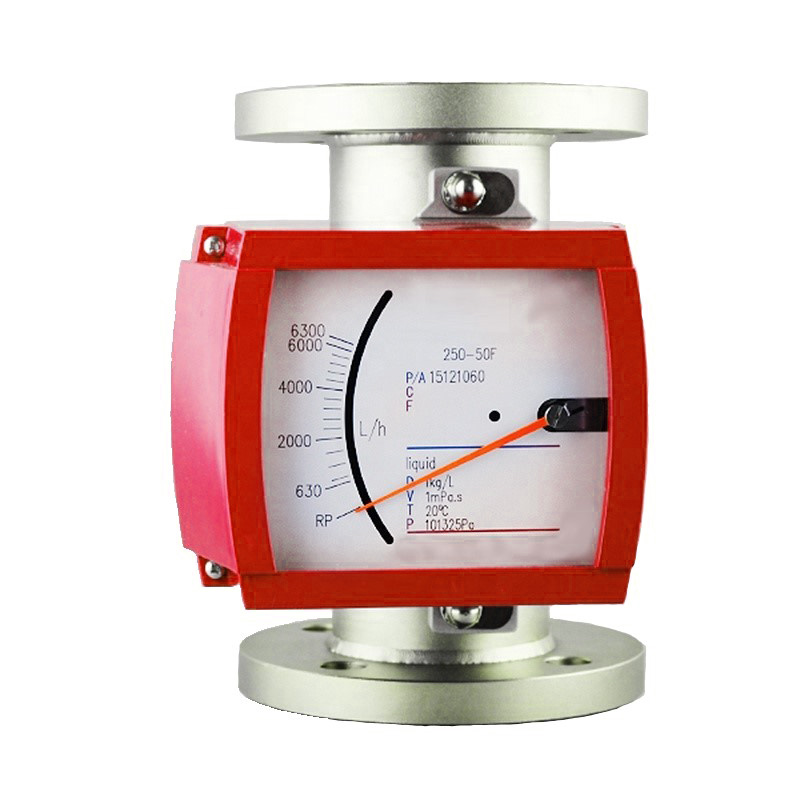

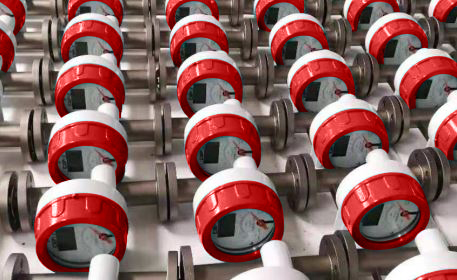
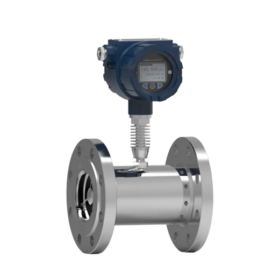
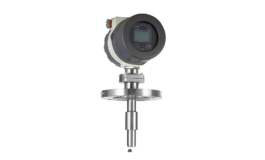
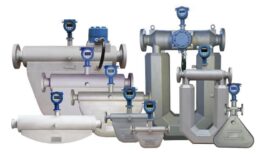
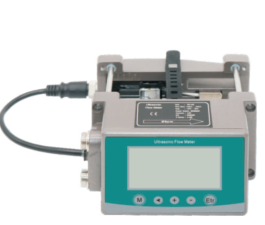
Reviews
There are no reviews yet.